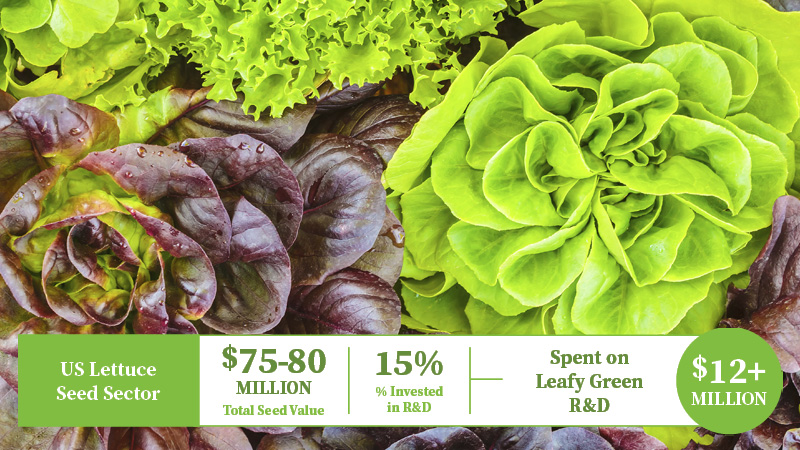Produce Industry Advocates Point to the Facts as Latest ‘Dirty Dozen’ List Drops
Every year around the first day of spring, the Environmental Working Group (EWG) releases its “Shopper’s Guide to Pesticides in Produce.” The annual report shines a light on what it calls a “Dirty Dozen” list of fruits and vegetables reported to contain the most pesticide residues. The list always makes plenty of rounds in the mainstream media. In addition, EWG also shines a light on what it calls the “Clean Fifteen,” items that tested low in concentrations of pesticide residues. Scroll the slideshow below for a rundown of EWG’s 2024 “Dirty Dozen” and “Clean Fifteen” rankings.
-
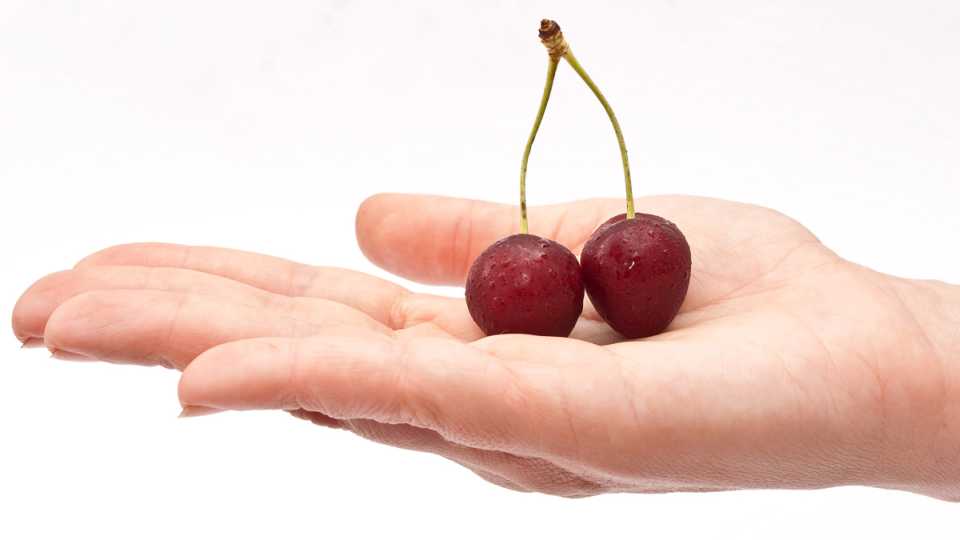
-
1 of 27
1. Strawberries (Dirty)
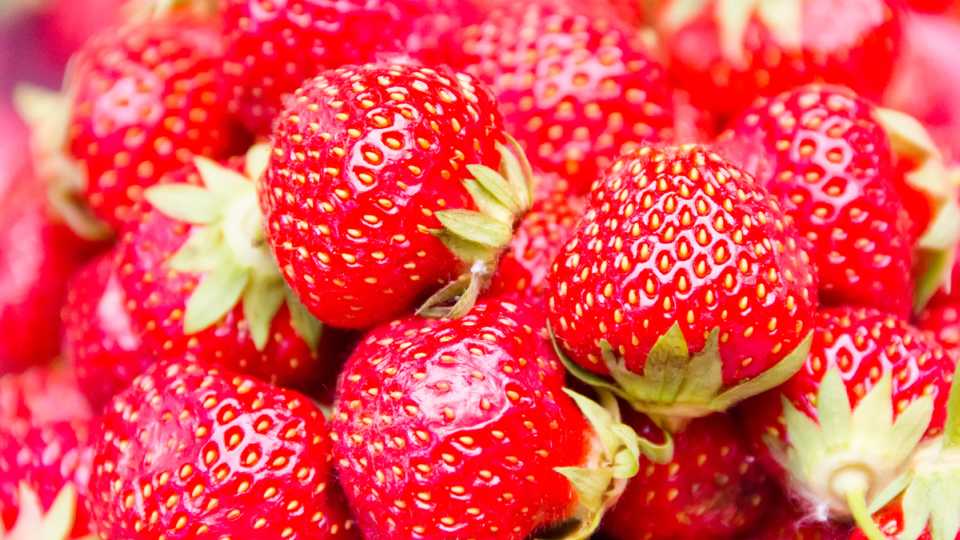
-
2 of 27
1. Carrots (Clean)
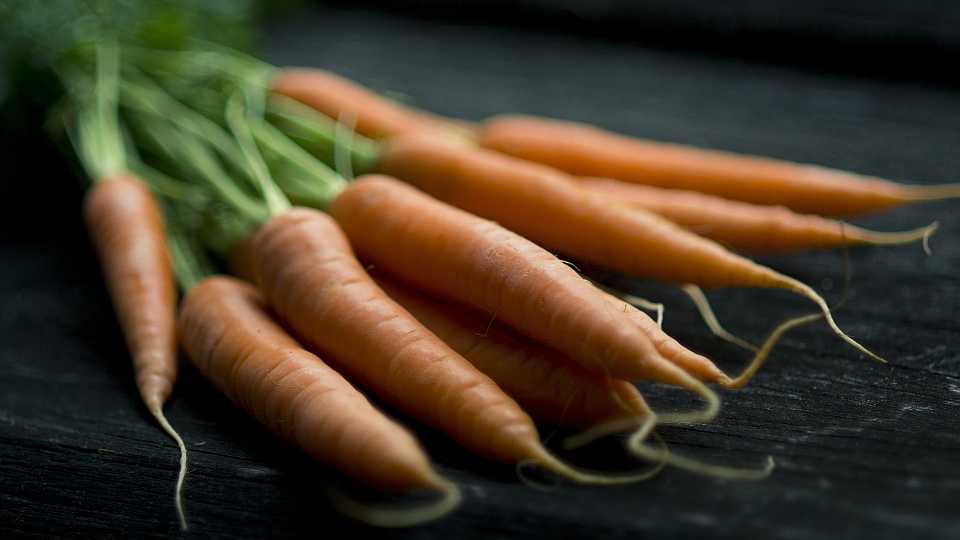
-
3 of 27
2. Spinach (Dirty)
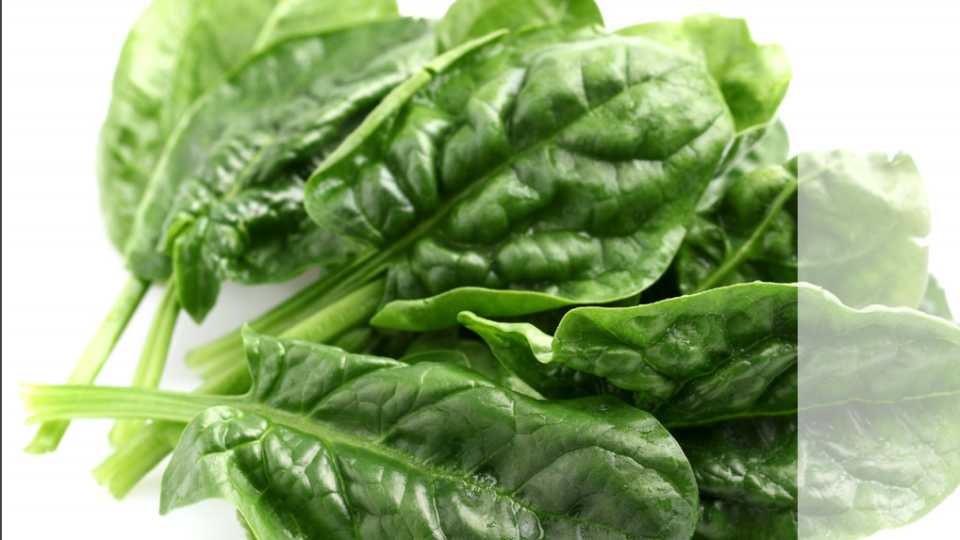
-
4 of 27
2. Sweet Potatoes (Clean)
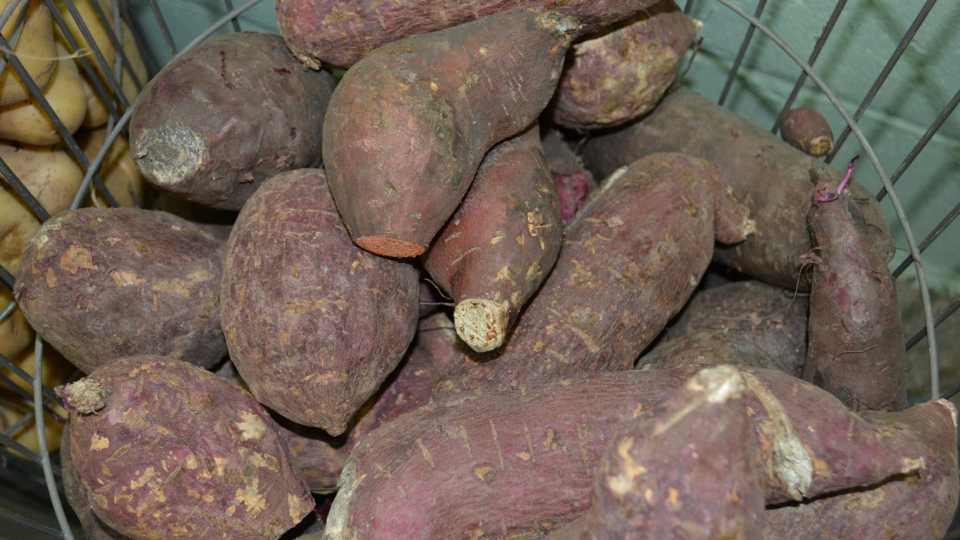
Photo by Paul Rusnak
-
5 of 27
3. Kale, Collard, and Mustard Greens (Dirty)
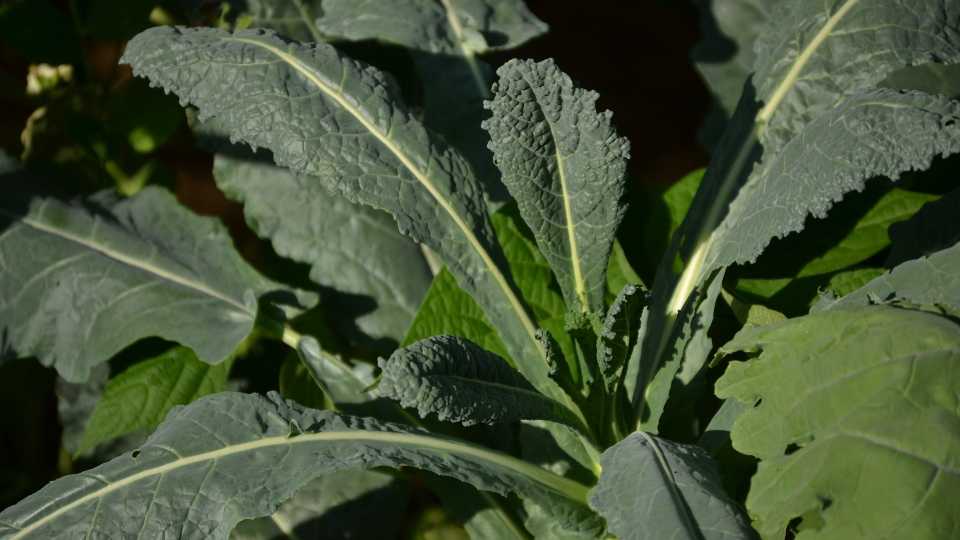
-
6 of 27
3. Mangos (Clean)
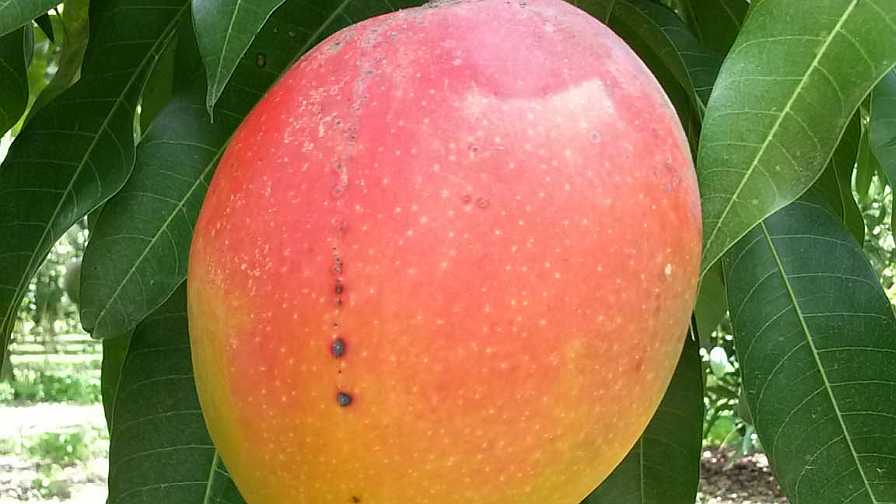
Photo courtesy of UF/IFAS
-
7 of 27
4. Grapes (Dirty)
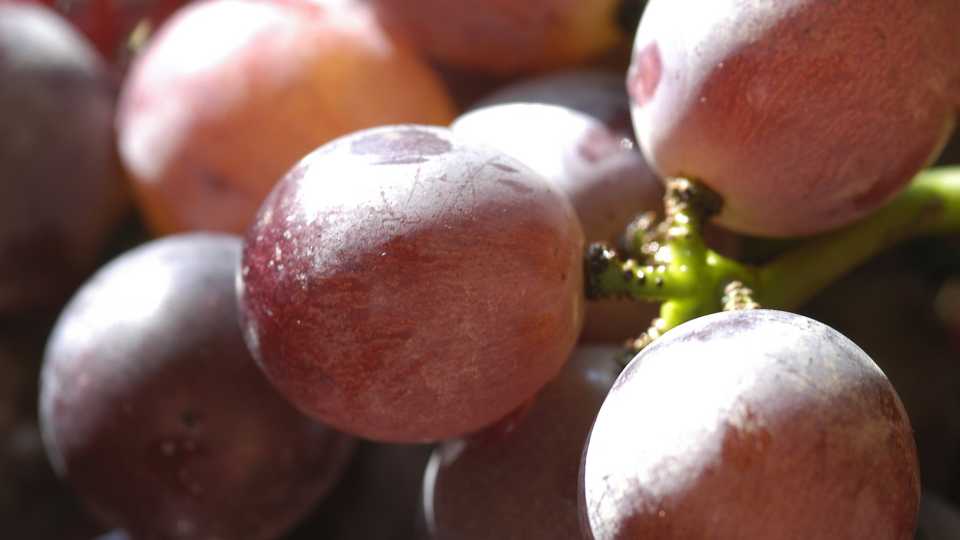
-
8 of 27
4. Mushrooms (Clean)
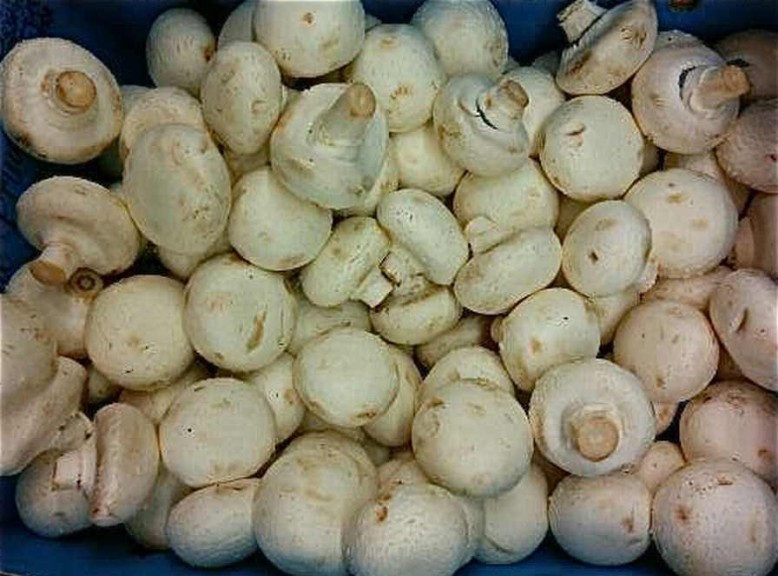
Photo by Susan Slater, Wikimedia Commons
-
9 of 27
5. Peaches (Dirty)
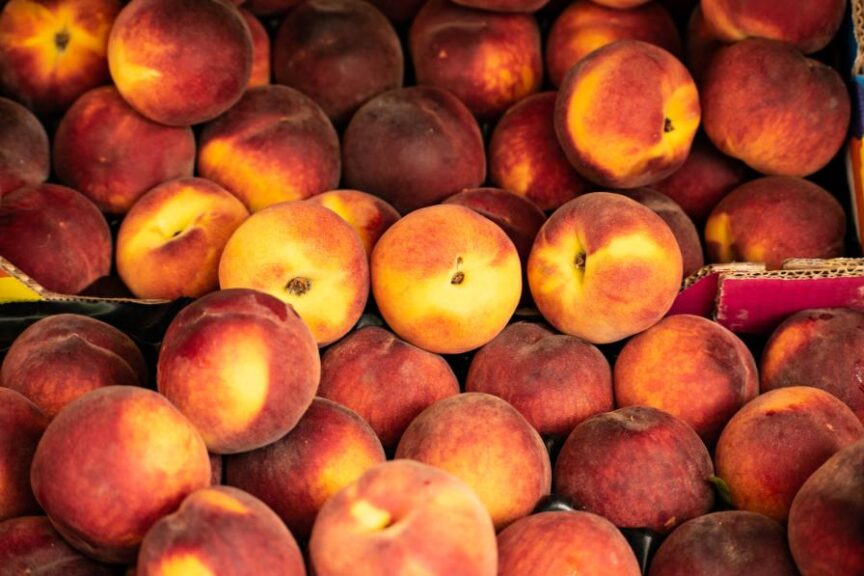
-
10 of 27
5. Watermelon (Clean)
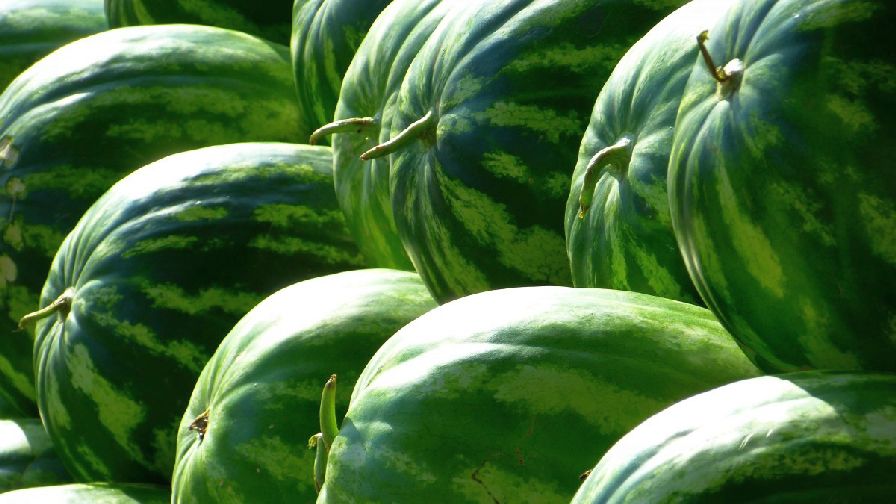
-
11 of 27
6. Pears (Dirty)

-
12 of 27
6. Cabbage (Clean)
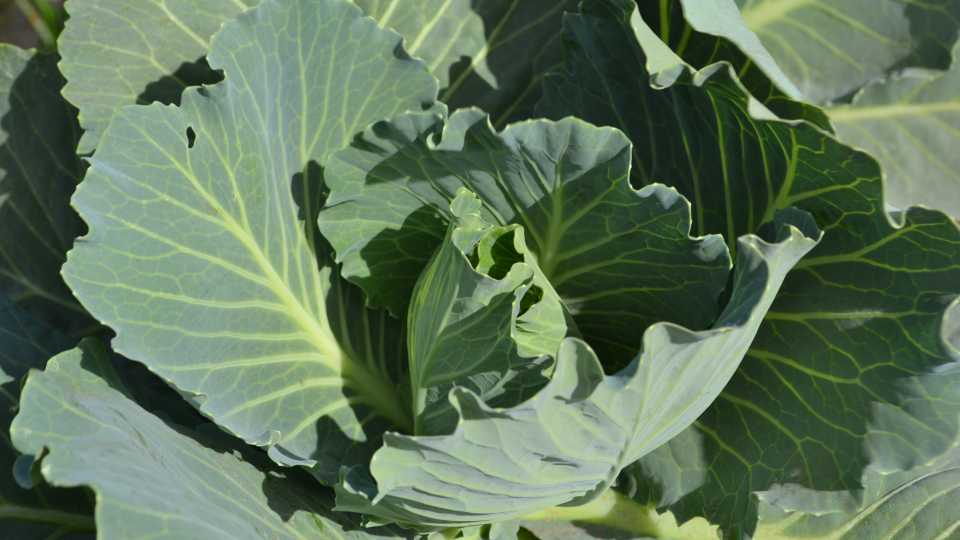
Photo by Paul Rusnak
-
13 of 27
7. Nectarines (Dirty)
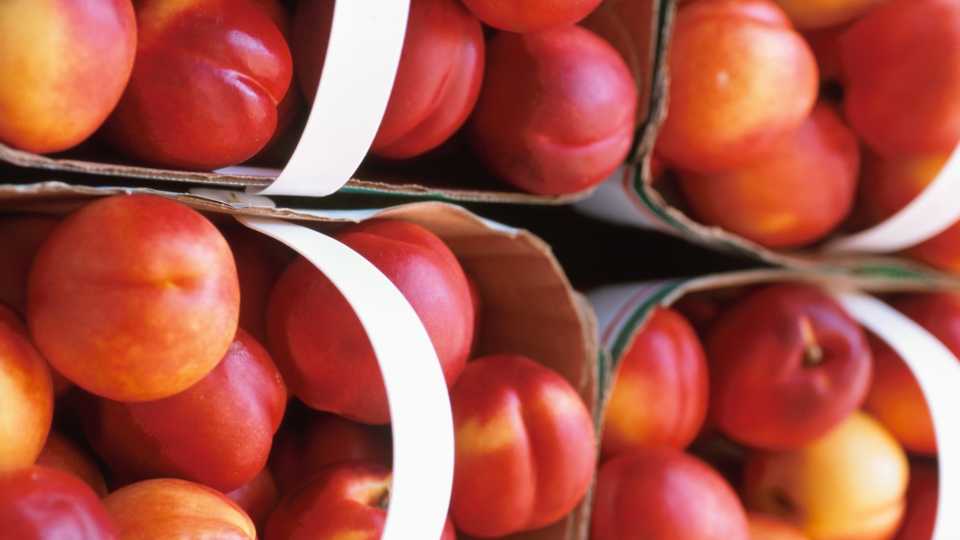
-
14 of 27
7. Kiwi (Clean)
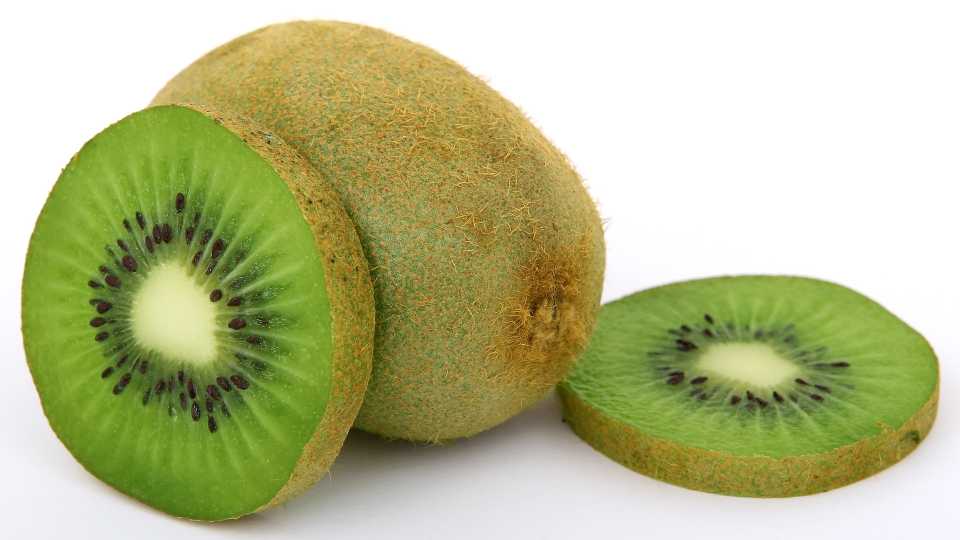
-
15 of 27
8. Apples (Dirty)
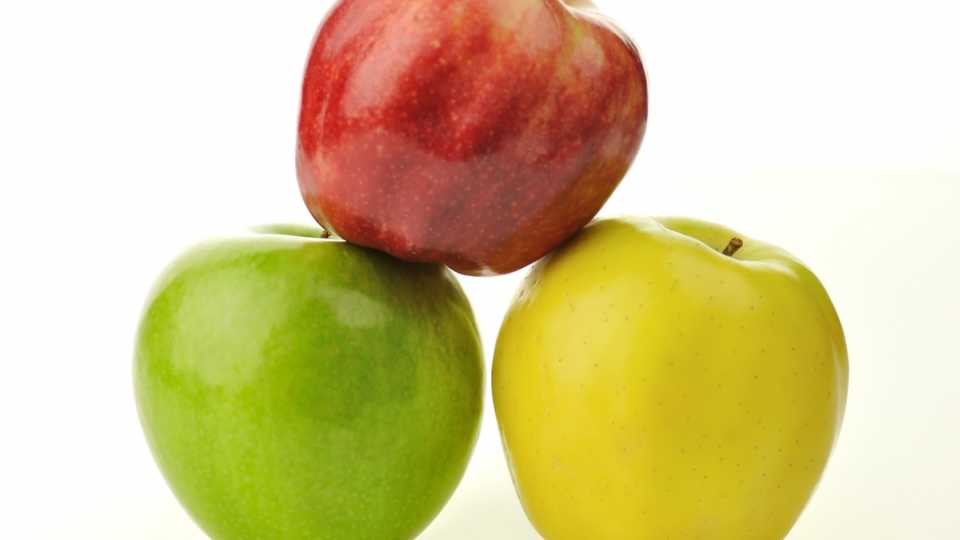
-
16 of 27
8. Honeydew Melon (Clean)
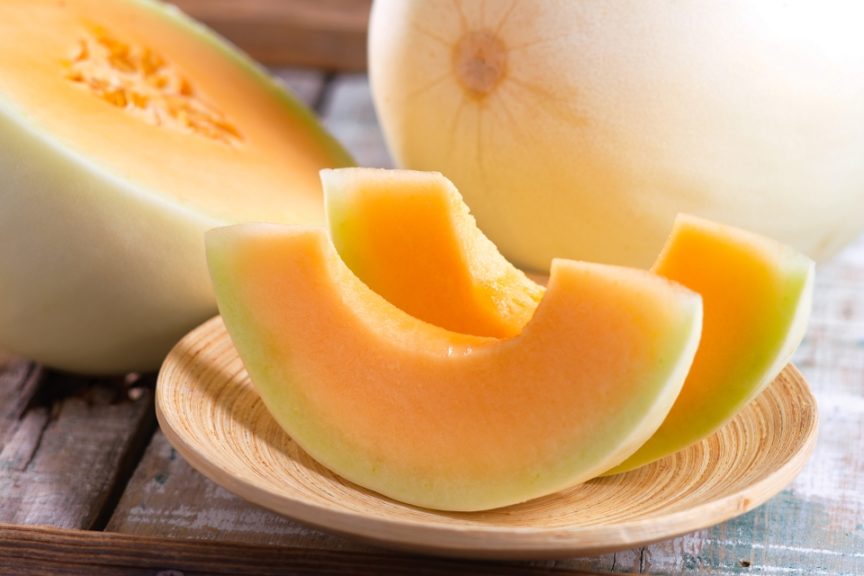
-
17 of 27
9. Bell and Hot Peppers (Dirty)
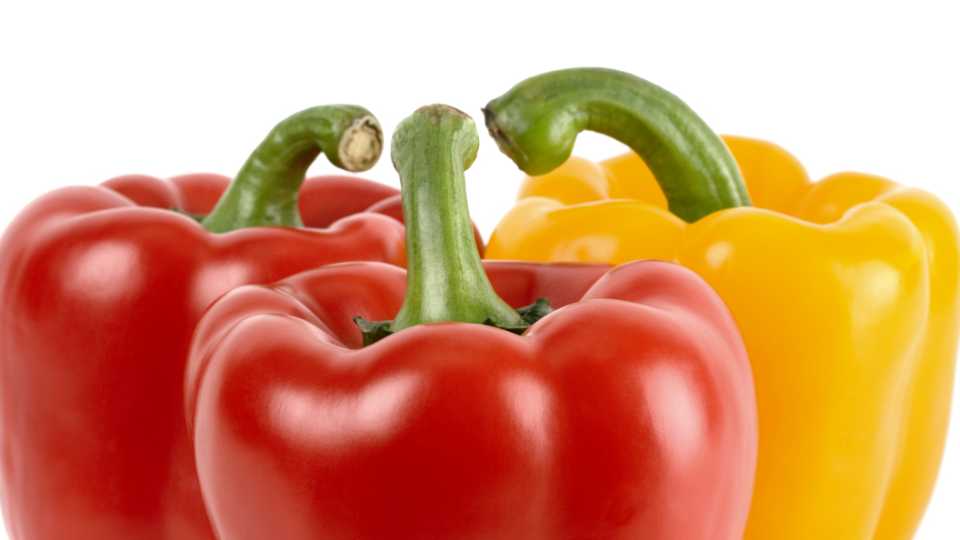
-
18 of 27
9. Asparagus (Clean)
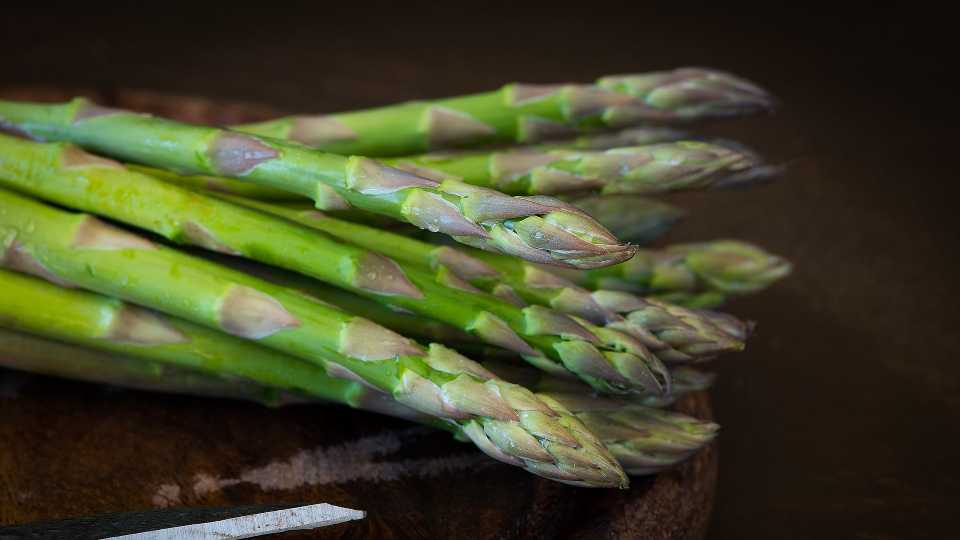
-
19 of 27
10. Cherries (Dirty)

-
20 of 27
10. Frozen Peas (Clean)
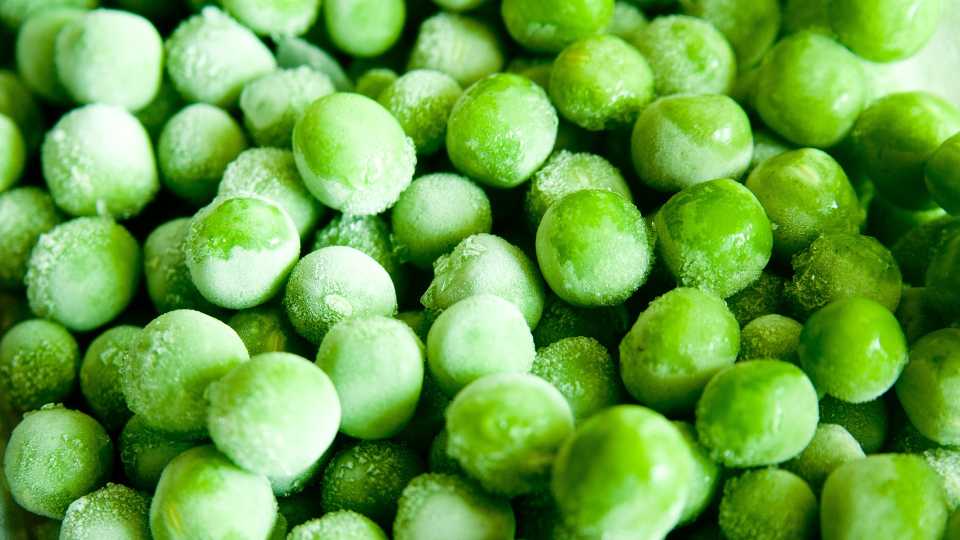
-
21 of 27
11. Blueberries (Dirty)
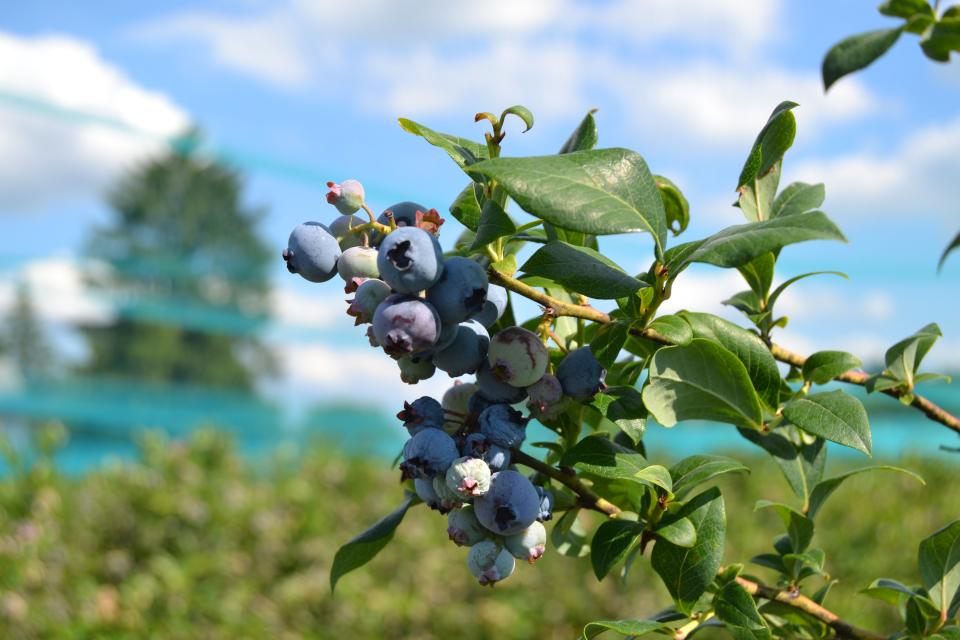
-
22 of 27
11. Papaya (Clean)
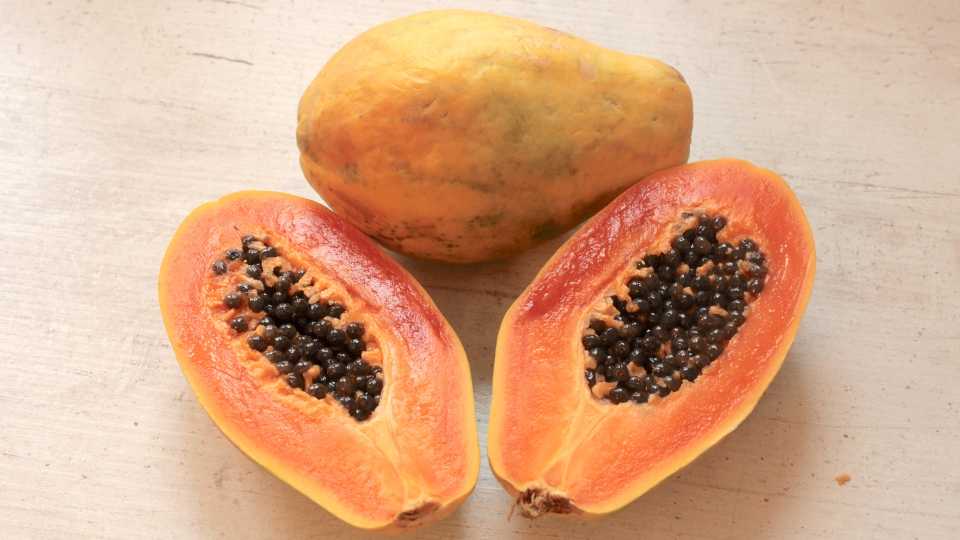
-
23 of 27
12. Green Beans (Dirty)
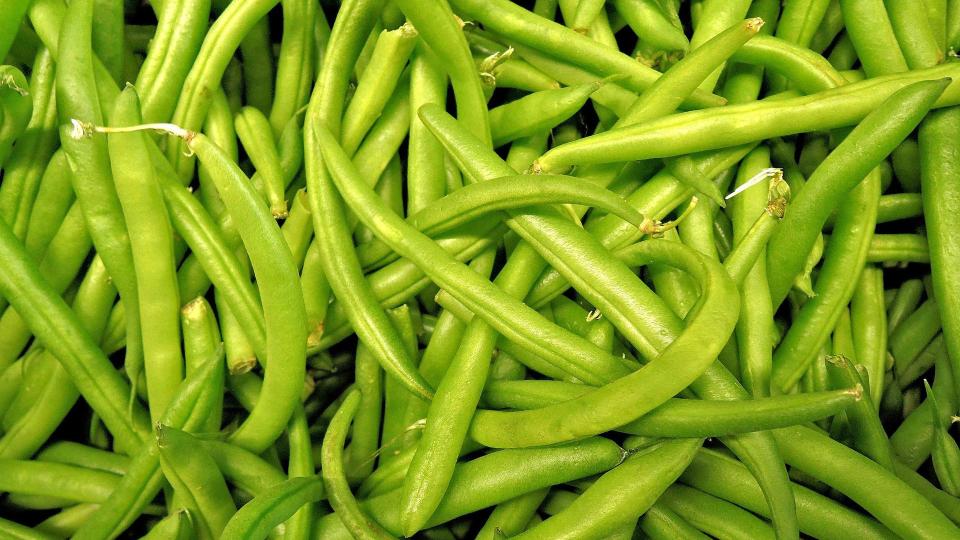
-
24 of 27
12. Onions (Clean)
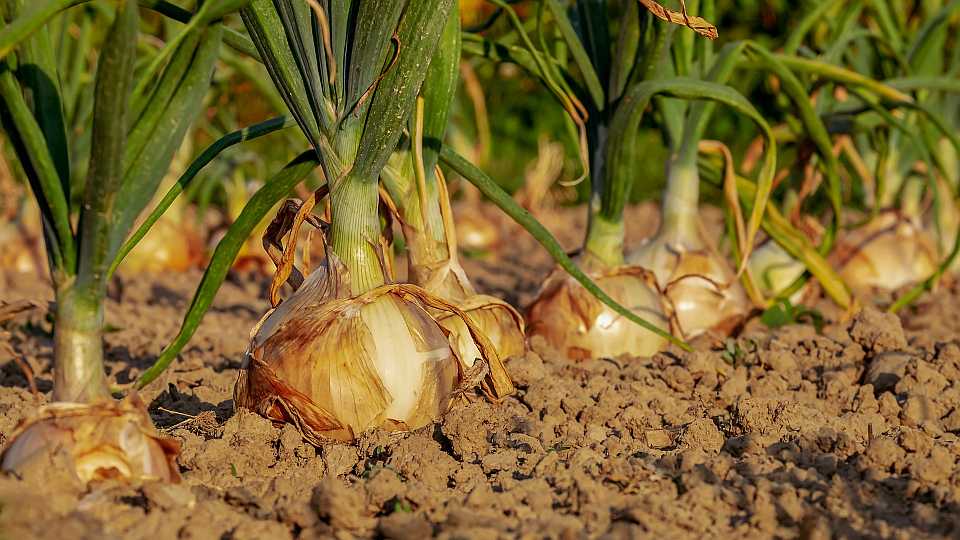
-
25 of 27
13. Pineapple (Clean)
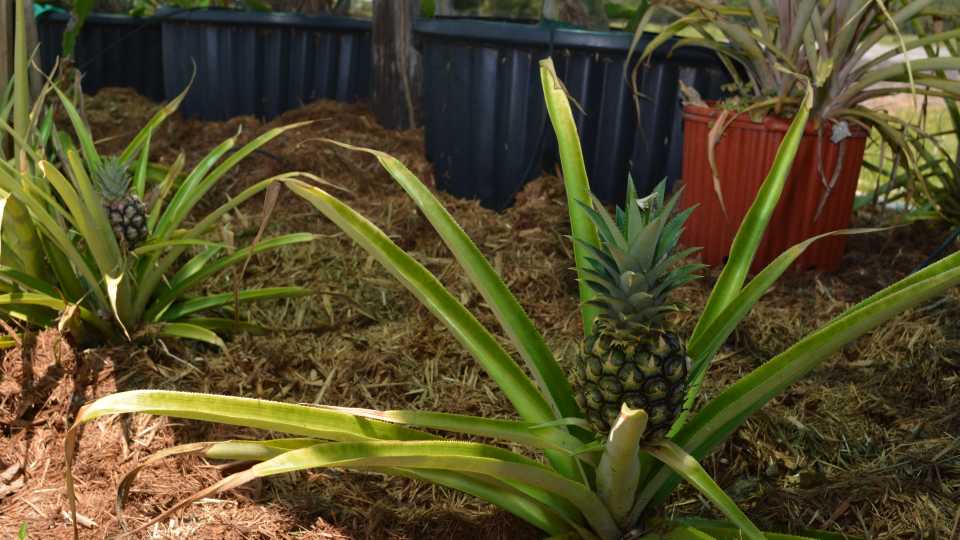
Photo by Frank Giles
-
26 of 27
14. Sweet Corn (Clean)
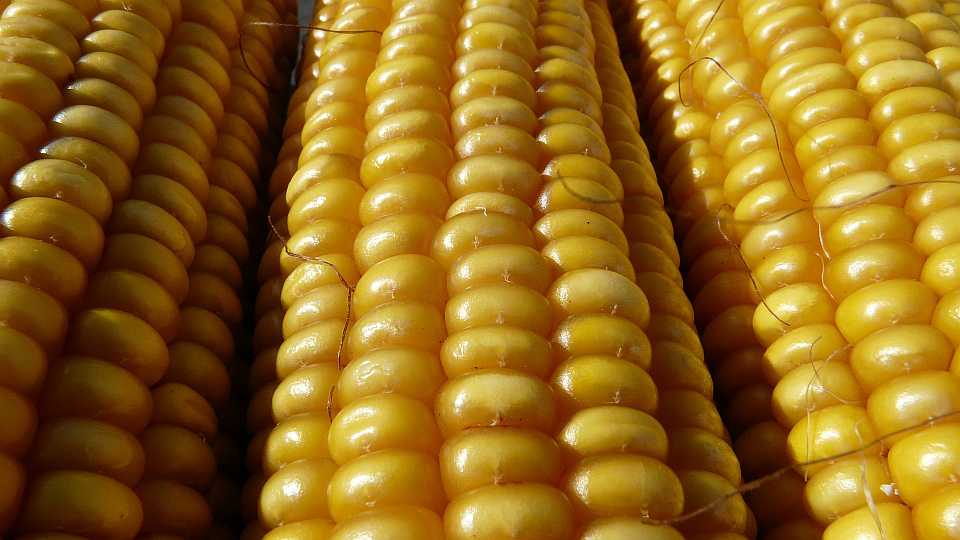
-
27 of 27
15. Avocado (Clean)
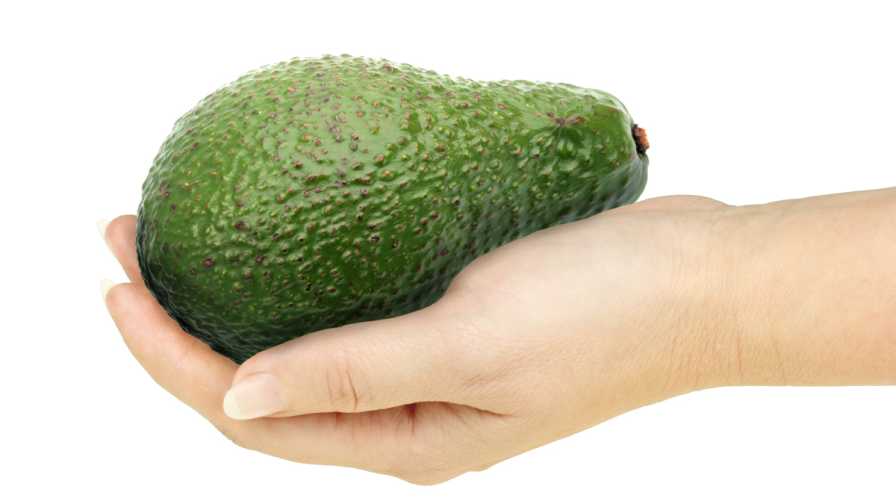
View all
1. Strawberries (Dirty)
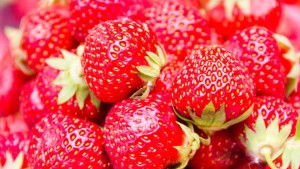
1. Carrots (Clean)
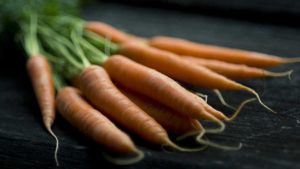
2. Spinach (Dirty)
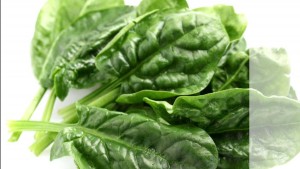
2. Sweet Potatoes (Clean)
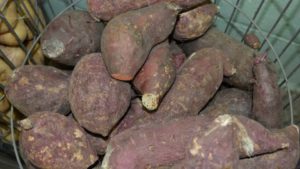
3. Kale, Collard, and Mustard Greens (Dirty)
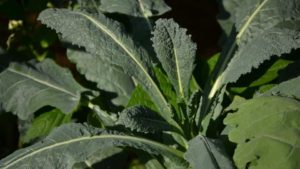
3. Mangos (Clean)
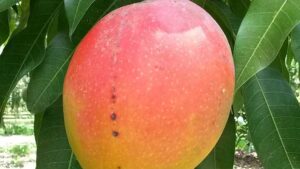
4. Grapes (Dirty)
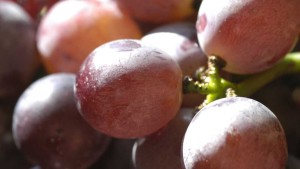
4. Mushrooms (Clean)
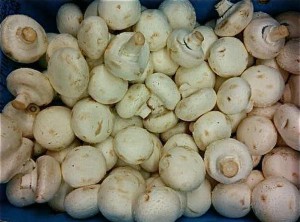
5. Peaches (Dirty)
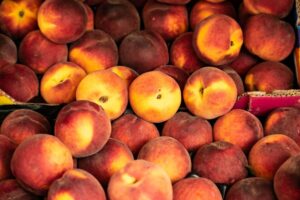
5. Watermelon (Clean)
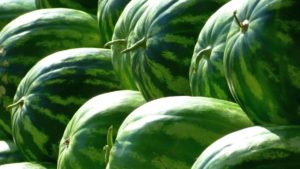
6. Pears (Dirty)
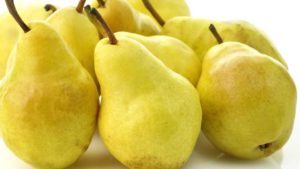
6. Cabbage (Clean)
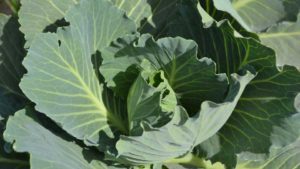
7. Nectarines (Dirty)
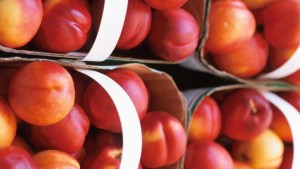
7. Kiwi (Clean)

8. Apples (Dirty)
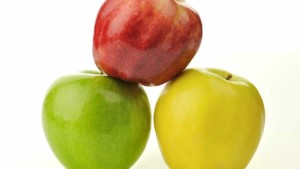
8. Honeydew Melon (Clean)
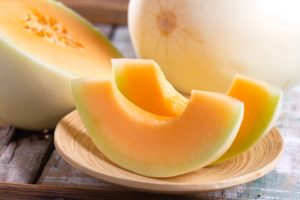
9. Bell and Hot Peppers (Dirty)
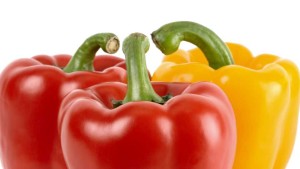
9. Asparagus (Clean)

10. Cherries (Dirty)
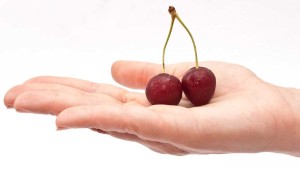
10. Frozen Peas (Clean)

11. Blueberries (Dirty)

11. Papaya (Clean)

12. Green Beans (Dirty)
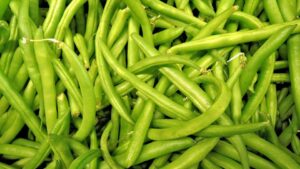
12. Onions (Clean)
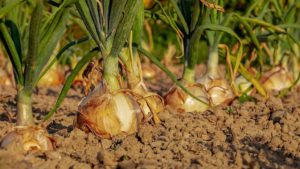
13. Pineapple (Clean)
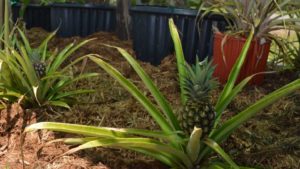
14. Sweet Corn (Clean)
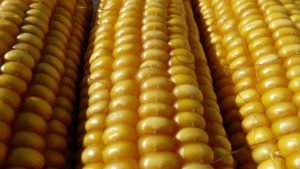
15. Avocado (Clean)
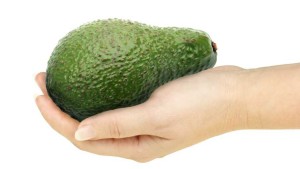
According to the EWG’s latest report, nearly 75% of non-organic fresh produce sold in the U.S. contains residues of potentially harmful pesticides. “In this year’s guide, blueberries and green beans join our ‘Dirty Dozen’ list of the 12 fruits and vegetables sampled that have the highest traces of pesticides.”
The Alliance for Food and Farming (AFF) advocates for the produce industry and speaks out against the annual “Dirty Dozen” report. This year is no different as the organization points to studies and government data that discredits the “Dirty Dozen” findings.
It is referring to peer-reviewed research published in the Journal of Toxicology that found the recommendation in the “Dirty Dozen” list to substitute organic forms of produce for conventional does not result in any decrease in risk for consumers because residues on conventionally grown are so low, if present at all.
“The research also found that the list authors follow no scientifically established methodology in the development of their list,” reads a portion of AFF’s statement on the matter.
The AFF also highlights the following:
USDA’s Pesticide Data Program (PDP) consistently finds that more than 99% of foods sampled had residue levels well below Environmental Protection Agency (EPA) safety standards with more than 27% having no detectable residues at all. According to the USDA: “Based on the PDP data, consumers can feel confident about eating a diet that is rich in fresh fruits and vegetables.”
In addition, the AFF provides this point of view: “The ‘Dirty Dozen’ list authors admit that their list does not assess risk nor do they apply basic tenets of toxicology in the development of their list. From Environmental Working Group’s (EWG) “Dirty Dozen” report: “The Shoppers Guide does not incorporate risk assessment into the calculations. All pesticides are weighted equally, and we do not factor in the levels deemed acceptable by the EPA.”
Click here to read AFF’s entire release titled “Studies, Government Data Discredit ‘Dirty Dozen’ List.”
What are your thoughts on the subject? Leave a reader comment below.
Subscribe Today For

Paul Rusnak is the Senior Online Editor of American Vegetable Grower, American Fruit Grower, and Greenhouse Grower magazines, all Meister Media Worldwide brands. He is based in Northeast Florida. See all author stories here.






